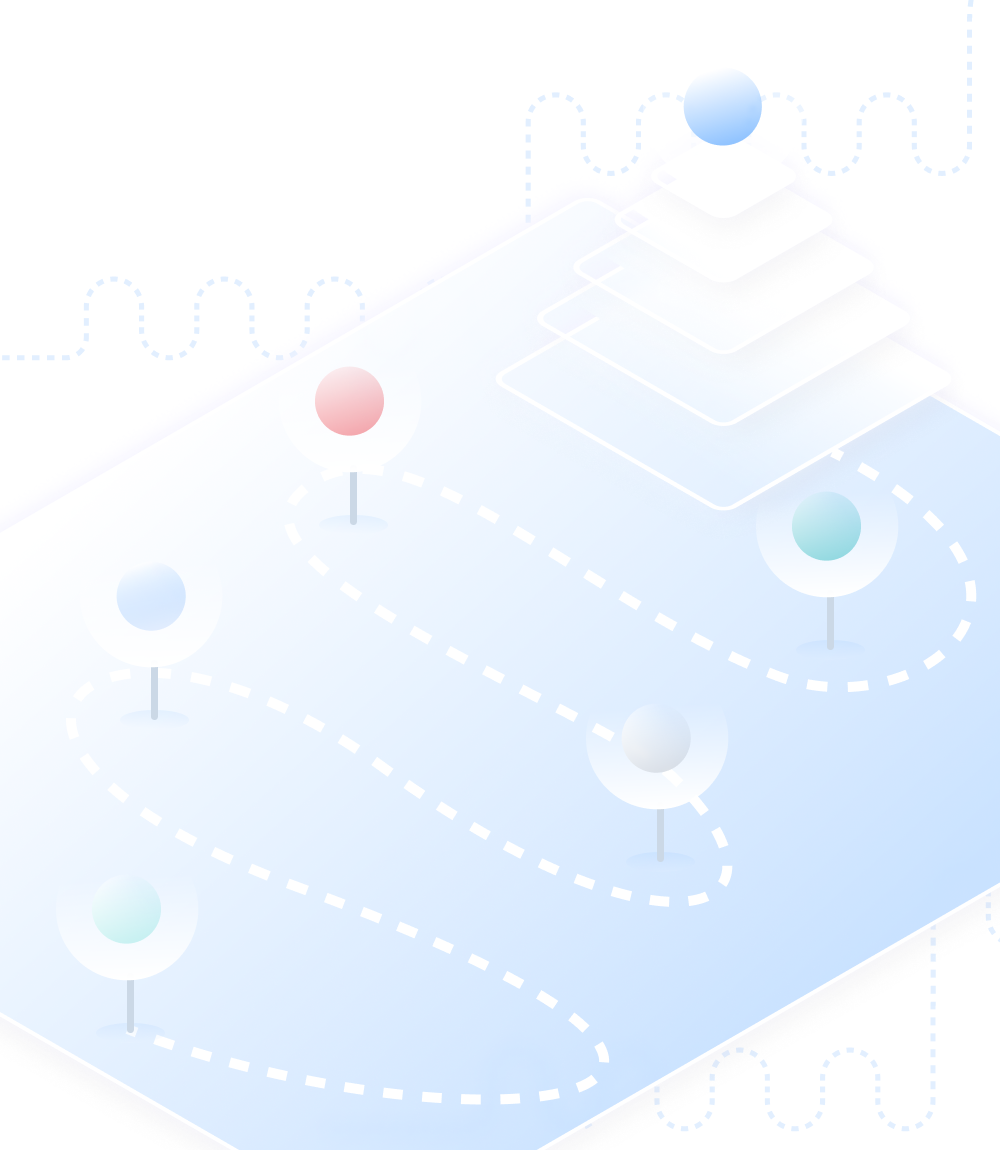Are you tired of dealing with the frustration of unclear communication and hidden fees when working with a software development company? Or perhaps you're a business owner seeking a reliable partner to create your first website, application, personalized CRM software, PWA, or e-commerce solution.
If so, familiarize yourself with our unique step-by-step procedure on building digital products.

Introducing Building Products
Building a digital product that meets the highest standards and requirements while delivering it within the agreed milestones and deadlines can be a challenging task. It is a complex process divided into hundreds of small goals, challenges, and decisions. That's why we have prepared a custom roadmap that takes us step-by-step to our goal together with our customers.
Our process is divided into five main steps:
- Initial Workshop
- Workshop,
- Essential Design
- Further Design Development
- Implementation

In this article, we’ll focus on the first two stages of our product development process:
Initial Workshop
Workshop.
These two stages are crucial to the success of any project, as they lay the foundation for the rest of the development process. But before we dive into the details, let's first talk about why we decided to create and follow this unique approach to the software product development life cycle.
Why our Model is Better than a Conventional Fixed-Price Contract?
Each step is designed to provide clear and transparent terms of our cooperation. Communication is key, so we make sure to keep every stakeholder informed and engaged throughout the entire process.
To accommodate the diverse needs of our clients, we've implemented a remarkably flexible model of collaboration that allows us to work together seamlessly, regardless of the project scope.
Each step is completely independent. You have the freedom to decide what further steps to take and when to end our partnership without any additional obligations.
Even if you decide not to continue collaborating with us, you will receive all materials after each completed stage.
This approach ensures that we establish chemistry and build trust between us to achieve the best results together.
Breaking the Ice: Free-of-Charge Initial Workshop
As a software development company with over 20 years of experience in the IT industry, we clearly understand that starting a product development cycle from scratch can be overwhelming for our clients.
That's why we always start a new cooperation with a free Initial Workshop.
Initial Workshop - Overview
This session provides an opportunity for our Project Manager and the client representative to get to know each other and discuss the main points of the partnership and cover its essential elements:
expectations,
budget,
functionalities,
and deadlines.
What Happens During the Initial Workshop?
During our free initial workshop, we take the time to fully understand our client's objectives, the scope of their project, and their specific requirements. It’s also a good moment to propose the best technology and offer valuable advice and creative ideas that help to achieve the best possible outcome.
The Outcomes of the Initial Workshop
A solid plan for the actual workshop, including:
how many hours it will take,
who will participate,
and most importantly, how much it will cost.
Initial Workshop in One Sentence
Our goal is to ensure our clients are fully informed and confident in their decision to work with us, and that they receive a tailored approach to meet their unique needs.
Workshop: 2nd Stage of Primotly’s Product Development Cycle
The Workshop phase is a critical step in the software product development life cycle. It's where we roll up our sleeves and get down to business. Following the free Initial Workshop where we lay the groundwork for the project, we start with a series of calls.
How long does it take: 4-16 hours, depending on the complexity of the challenge.
Who attends: client representative, our Project Manager, and sometimes our UX/UI Designer and Developer.
What Happens During the Workshop?
During the Workshop phase, we dive deep into the project, asking specific questions and working to create a detailed brief. If design work is required, our UX/UI Designer will participate in the meeting. The Developer is also available to support and clarify any technical aspects.
To improve communication, we share our screens, which allows the client to check and provide feedback on our work along the way.
At this stage, we take great care to fully understand the project and the client's needs. This includes in-depth project analysis, working on documentation, and feedback sessions. We understand that the Workshop phase is critical to the success of the project, and we take it very seriously.
Building a Foundation: From Wireframes to Project Documentation
What are the outcomes of the Workshop?
a set of detailed documents that cover all project functionalities
wireframes,
mockups,
project documentation.
Based on these documents, we can provide a quite precise valuation for Dev/Ops and backend jobs. For front-end work, we can provide an estimation at this point. However, the final price will be determined by the next steps, such as "Design system" and "Designs."
Workshop phase: conclusion
The Workshop phase is a crucial step in software product development. It's where we work collaboratively with our clients to fully understand the project's requirements, create a detailed brief, and develop a plan to move forward. With our team of experts, we strive to ensure that our clients receive the best output possible.
Let’s Start a New Product Development Cycle
Now that you have a better understanding of the significance of the Initial Workshops in software product development, you can see how they set the tone for the rest of the project. By dedicating ample time and resources to these early stages, we ensure that everyone is on the same page and that we have a comprehensive understanding of the project goals and requirements.
Stay tuned for the second part of the article about our original process where we'll delve into the design, development, and implementation phases.
Ready to take the first step in bringing your software product to life? Our team is ready to listen to your ideas, offer our insights, and help you bring your vision to reality. Contact us now to schedule your free consultation.





















